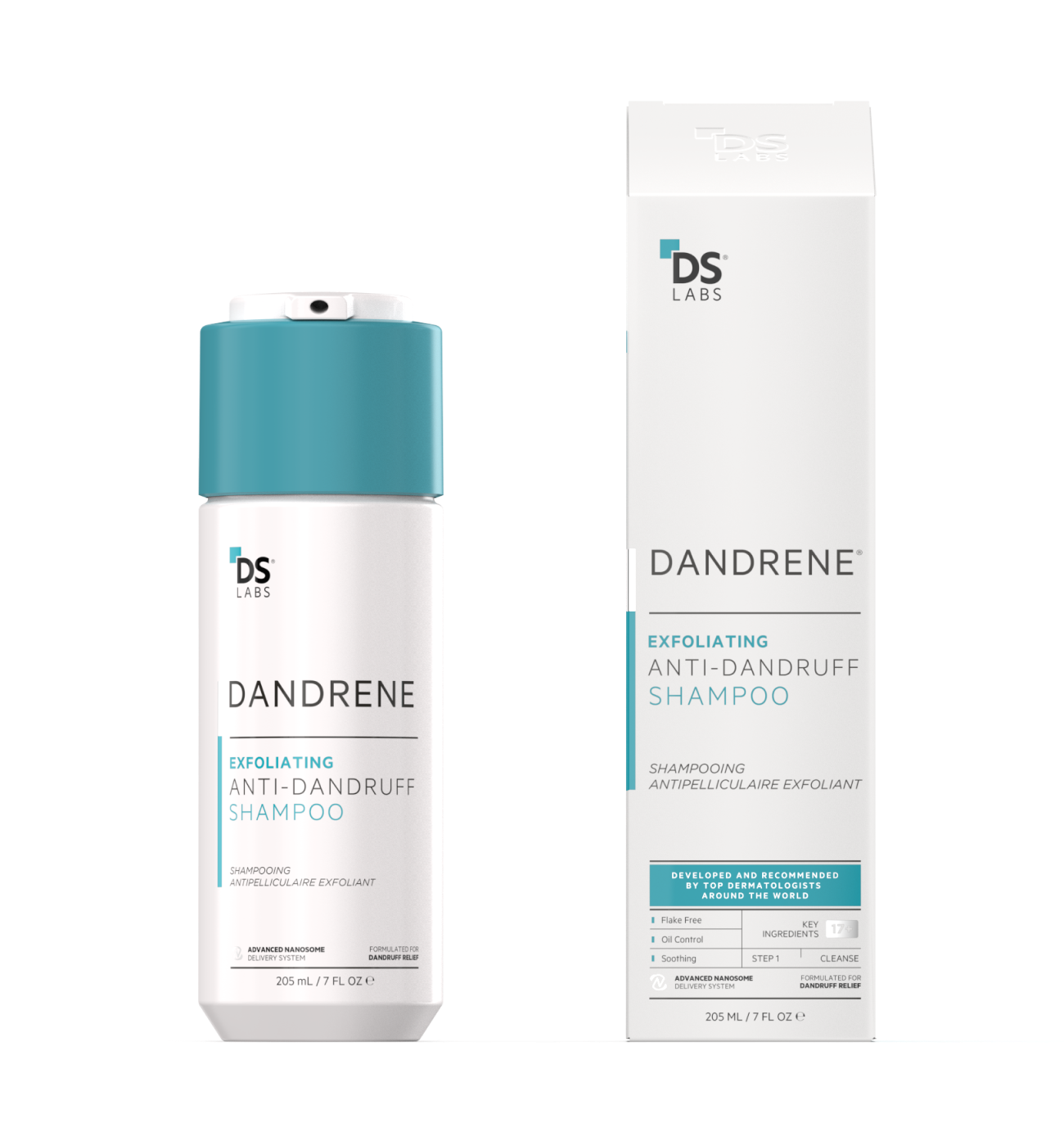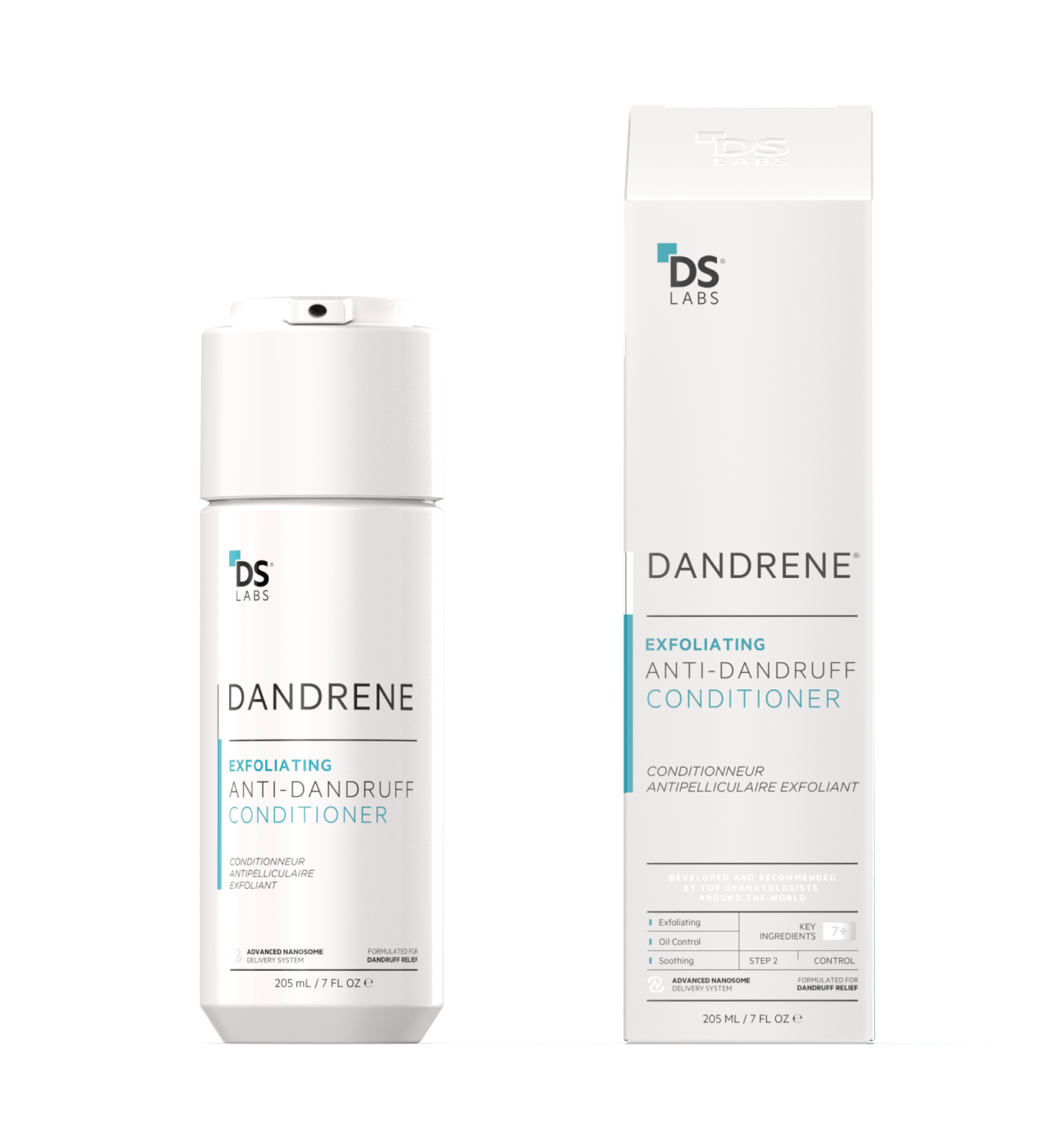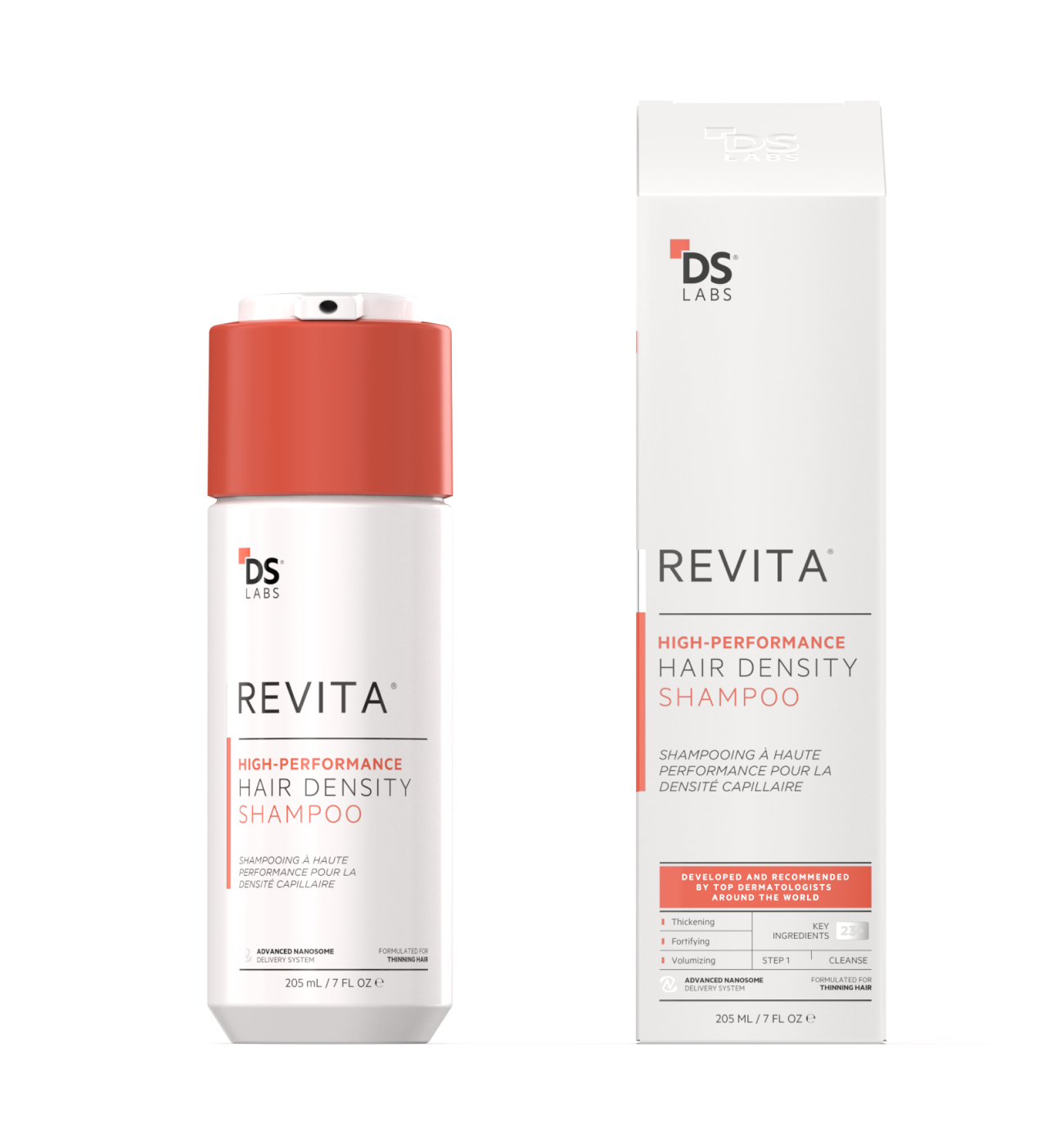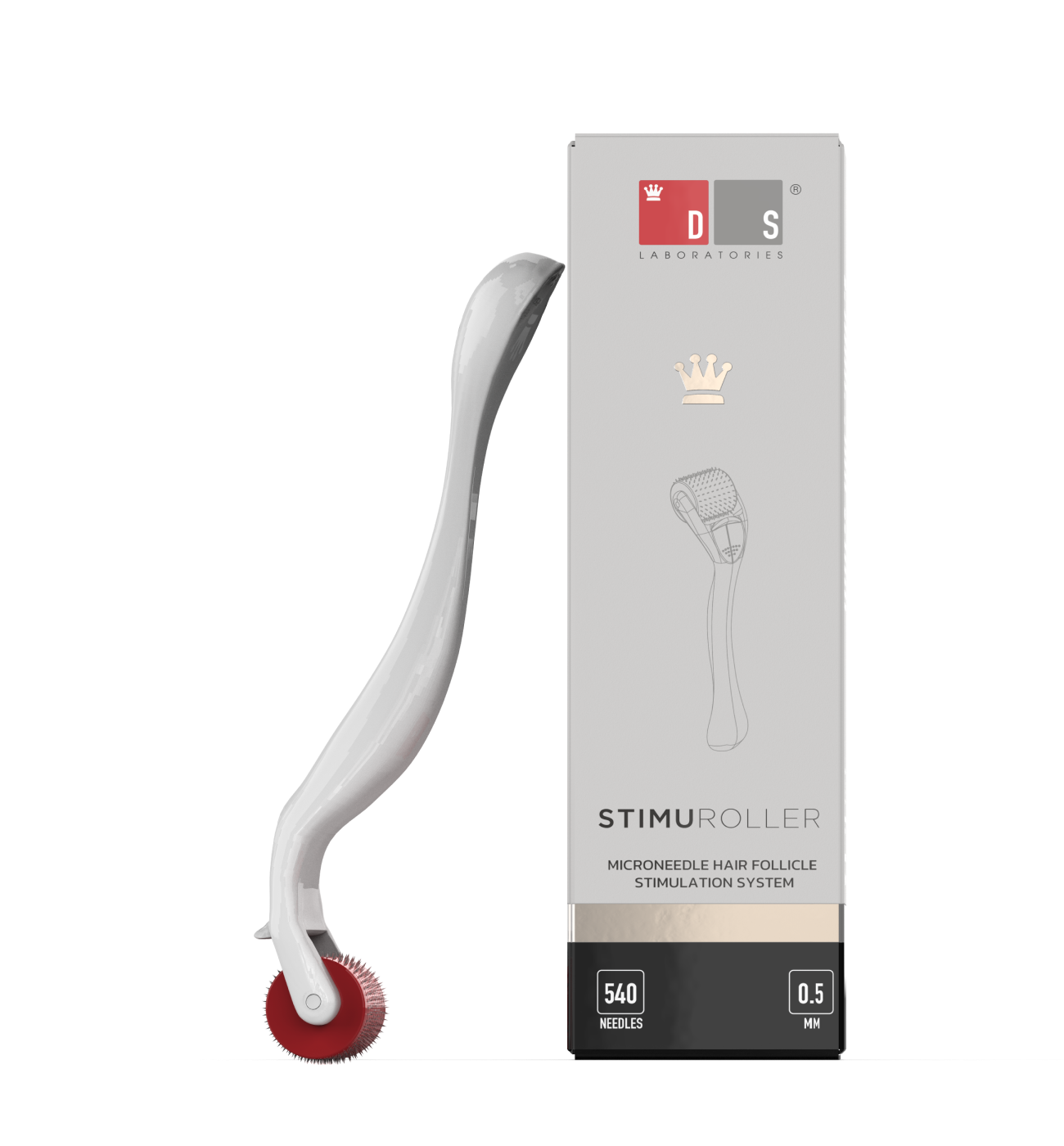When people think of humidity and hair, the conversation usually stops at frizz. But for those focused on long-term hair health—especially anyone dealing with thinning, dryness, or scalp issues—humidity can have a much broader impact.
Moisture and the Hair Shaft
Humidity is essentially water vapor in the air. When there’s a lot of it, hair that’s porous or weakened tends to absorb the excess moisture. This causes the hair shaft to swell, lift, and change shape, which can lead to frizz, breakage, and reduced manageability.
But beyond aesthetics, the constant expansion and contraction of the hair fiber in response to humidity can weaken its structure over time—especially if it’s already compromised by heat styling, coloring, or environmental stress.
Humidity and Scalp Health
Warm, damp conditions create a favorable environment for buildup and microbial imbalance on the scalp. Sweat, excess oil, product residue, and pollutants can accumulate more quickly, clogging follicles and irritating the skin barrier.
Increased humidity can also make it harder for the scalp to "breathe" and regulate itself, especially if protective styling or heavy products are trapping heat and moisture against the skin. Over time, this can impact overall scalp function and disrupt the natural balance needed for healthy hair growth.
Why Porosity Matters
Hair porosity plays a key role in how your strands respond to humidity. High-porosity hair (often damaged or over-processed) takes in moisture too easily but struggles to retain it. Low-porosity hair resists moisture but can become coated or weighed down when too many products are applied in an attempt to hydrate.
Understanding your hair’s porosity can help guide your product choices, especially in humid climates where lightweight hydration and barrier-supporting ingredients are key.
Support Hair in High-Humidity Seasons
- Use gentle cleansers that clarify without stripping the scalp
- Choose treatments and conditioners that reinforce the hair’s cuticle
- Avoid heavy products that trap heat or clog pores
- Keep hair loosely styled to allow air flow around the scalp
- Hydrate internally—nutrition and water intake still matter
The Bottom Line
Frizz may be the most obvious sign of humidity’s effects, but it’s far from the only one. Paying attention to how your scalp and hair respond to seasonal shifts can help you build a healthier routine—especially in the warmer, wetter months. Supporting the scalp and protecting the hair fiber are essential steps in maintaining strength, shine, and resilience, no matter the forecast.















